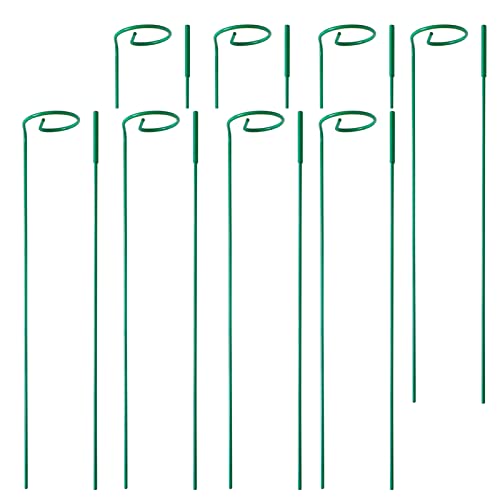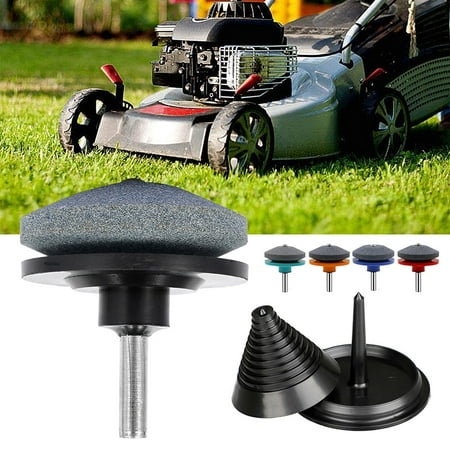Experts Say These 5 Mistakes Are Making Your Yard Look Untidy — Here's How to Fix Them in One Weekend
Don't fall victim to these untidy yard giveaways. With our expert help, you can get your yard (and hedges) into shape in no time
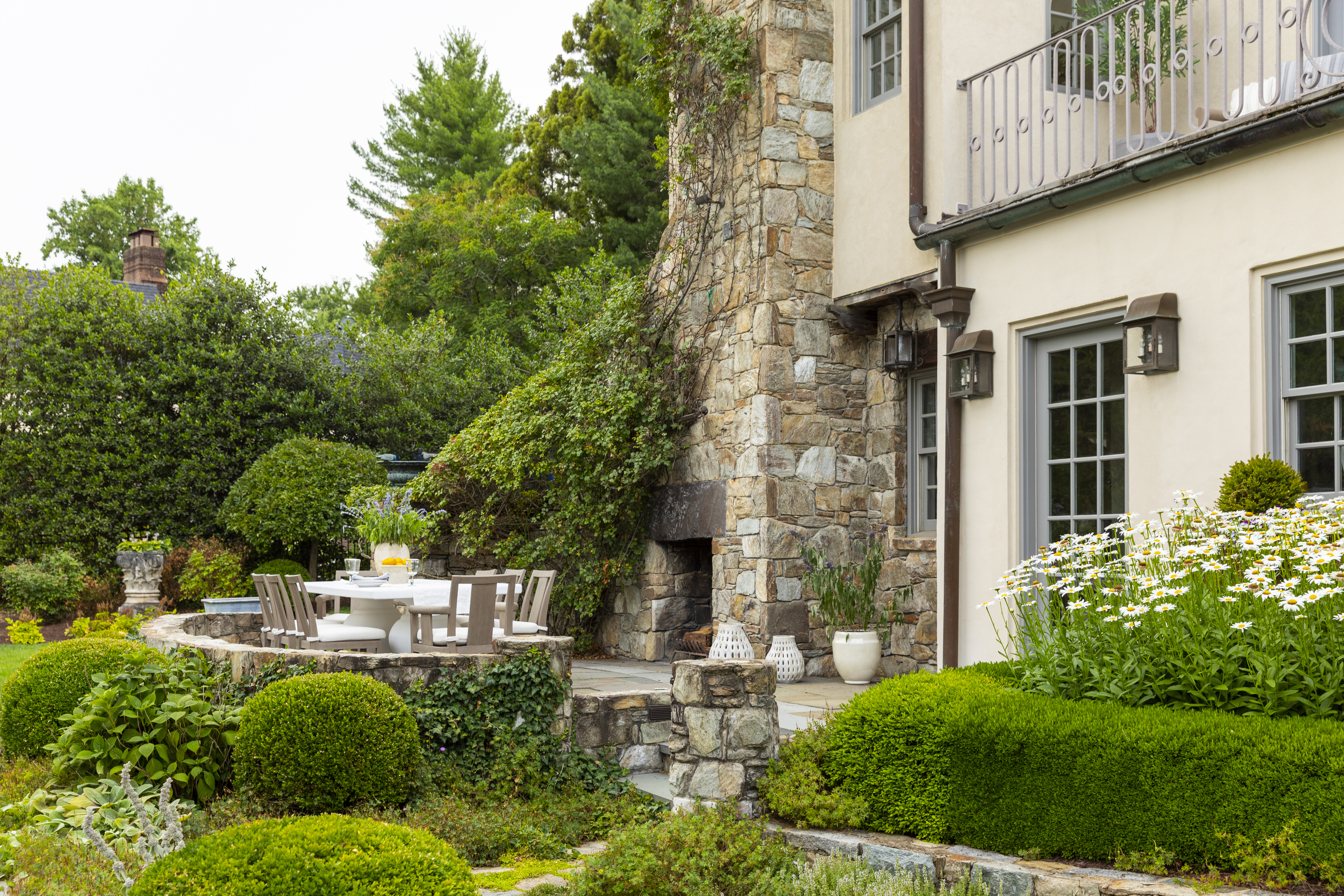
You’ve planted up your borders and containers with beautiful annuals, your perennials are bursting into life. Surely your work is done for the summer, right? Sadly not.
Though it may seem like the biggest task, planting actually makes up just a small minority of a gardener’s work. The other half comes down to the all-important task of plant maintenance.
From weeding and watering to staking and pruning, without a good dose of horticultural maintenance your garden will soon end up looking more Forbidden Forest than Garden of Eden. But what are the biggest sins when it comes to yard maintenance?
According to our gardening expert, five big giveaways make a yard look untidy. But don’t panic, we’ve also got top tips on how to avoid them and leave your yard looking polished all summer long. This is where investing in low maintenance garden ideas will have paid off!
1. Leaving weeds to grow
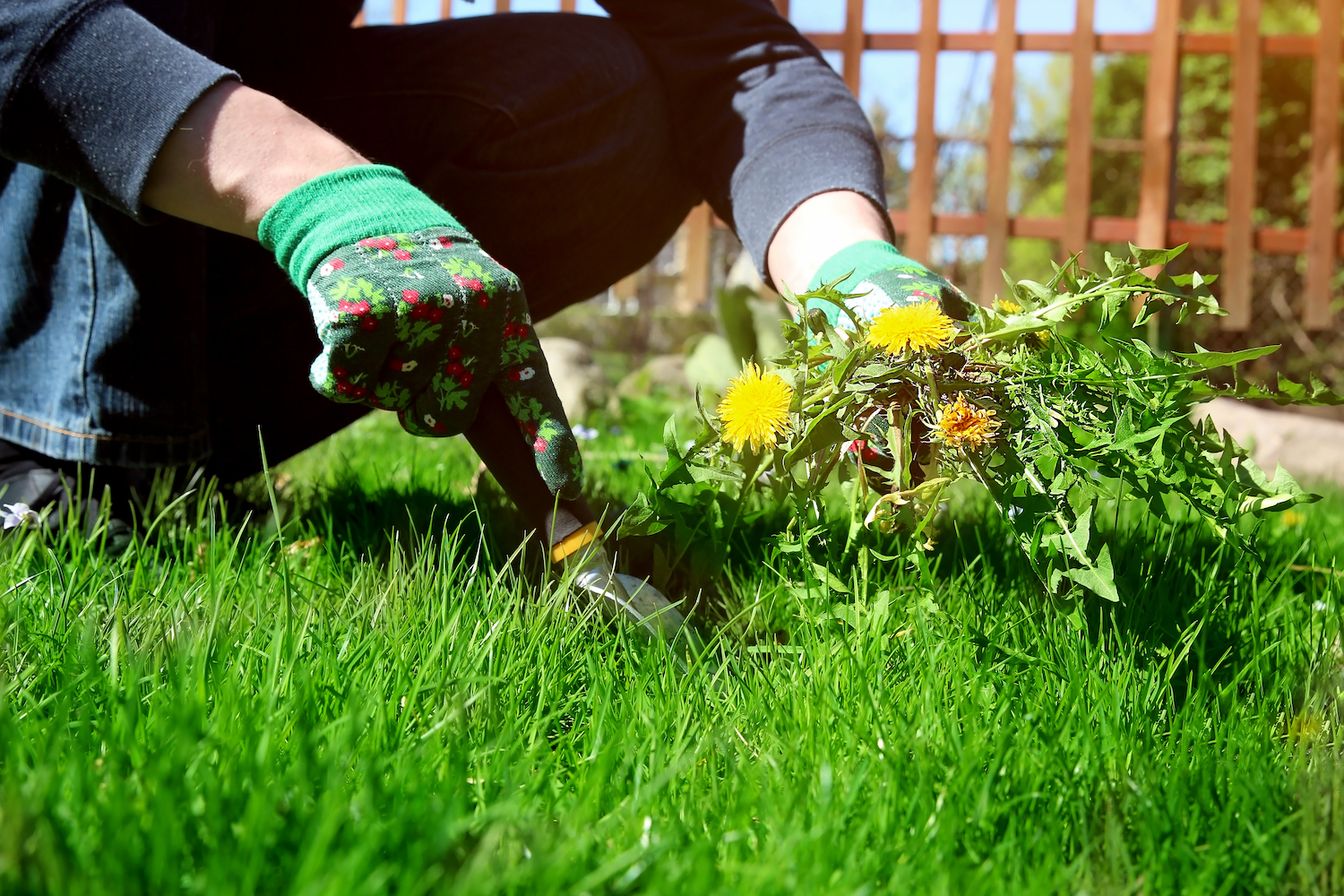
It’s arguably one of the most tedious garden tasks, but according to gardening expert Alex Kantor at Perfect Plants Nursery, it’s a big giveaway for an untidy yard. We’re talking about weeding.
Defining a weed can get a little complicated, after all, they’re all plants! We like to go by the old saying ‘There are no weeds, just flowers out of place.’ However, it’s important to bear in mind that some weeds are incredibly invasive and can spread quickly if not dealt with early on.
Expert Alex says ‘It is important to keep up with weeding to ensure the overall health and appearance of your garden or patio. Weeds compete with desirable plants for water, nutrients, and sunlight, which can hinder their growth and lead to a decline in the garden's aesthetics.’
The Livingetc newsletters are your inside source for what’s shaping interiors now - and what’s next. Discover trend forecasts, smart style ideas, and curated shopping inspiration that brings design to life. Subscribe today and stay ahead of the curve.
But what’s the best way to control weeds in your yard? For us and expert Alex, it’s all about physical removal, rather than relying on chemical weed killers that can be harmful to other wildlife. He says ‘From my experience, the most successful method of removing weeds from beds or patios is to hand-pull them. This helps ensure the entire root system is removed which prevents regrowth.’
However, sometimes preventing weeds taking over your lawn or beds is better (not to mention a lot easier) than cure. Alex says ‘applying a layer of mulch or a pre-emergent weed control product can help suppress weed growth and make future weeding efforts more manageable and less dreaded.’ Wood chippings, leaf mold, or pine needles are all great mulch options that will help keep weeds at bay and give your yard beds a tidy appearance.
2. Not supporting tall perennials and bulbs

It’s a gardening mistake we’re all guilty of making. You know staking your plants is on your to-do list, but before you get there an unexpected storm beats you to it, snaps your stems, and takes this year’s flowers with it. Trust us, we’ve been there!
According to expert Alex, leaving your taller plants to fall over is a big tell for an untidy yard, and early prevention really is the best way forward. ‘The best way to support tall perennials and bulbs is to use plant stakes or cages, which will help prevent them from falling over due to wind or rain,’ says Alex. ‘It is important to install them early in the growing season before the plants have grown too tall or started to lean, as it can be more difficult to correct their posture.’ Try this cage from Walmart to keep flowers upright.
Alex adds ‘Choosing the right type of support for the plant, considering its size and growing habits, will ensure that it is adequately supported without being constrained.’ For large perennials like hydrangeas, creating a grid support system with canes and twine is a great way to allow the plant to grow into the structure and cope with winds of all directions. Alternatively, stem supports made from metal are perfect for taller single-stemmed flowers like alliums.
3. Not deadheading flowers
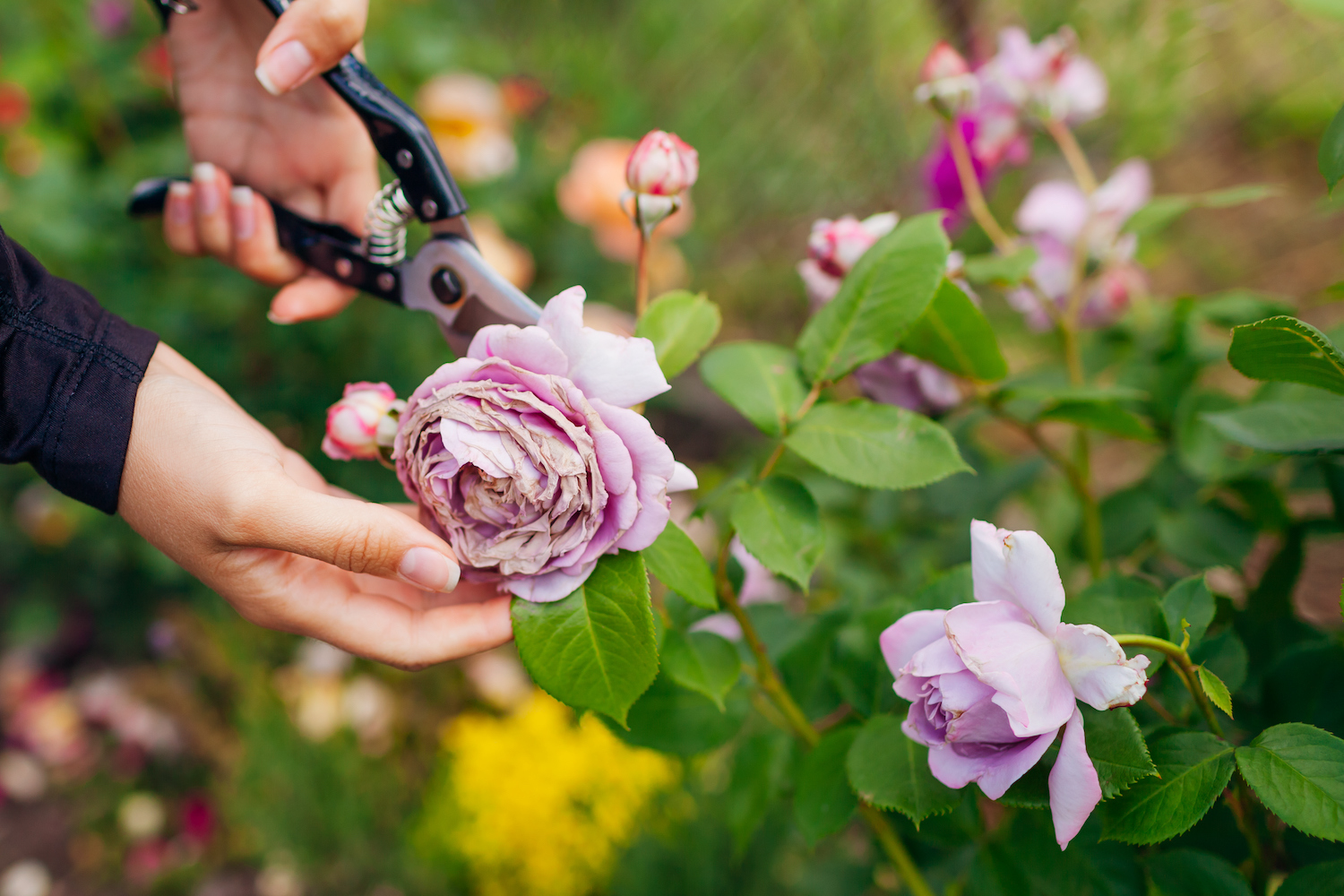
It’s June, which means deadheading roses has just gone straight to the top of your to-do list. Leaving spent rose flowers to go to seed is a big no in professional gardens. Not only does it look untidy, but it also causes the plant to channel energy into producing seeds, rather than more flowers, which isn’t good news for your late-summer blooms.
Luckily deadheading roses is super-easy, as long as you’re using the right technique. Expert Alex advises ‘The best way to deadhead roses is to locate the spent blooms and cut them off at a 45-degree angle just above the first set of full leaves. This method will encourage the plant to produce new growth and additional blooms.’
Don’t worry about it taking up all your weekend either, just dedicating 15 minutes a week to the task can make a big difference. Alex says ‘It is recommended to deadhead roses regularly (around every 5-7 days during peak blooming season), to promote a longer flowering period and keep the plant healthy and tidy.’
Be sure to check your plants for any signs of pests or disease when you’re deadheading too. Roses are extremely prone to diseases like powdery mildew and black spot, so keeping an eye out on your weekly deadheading task is a good way to catch anything early.
4. Letting a lawn overgrow
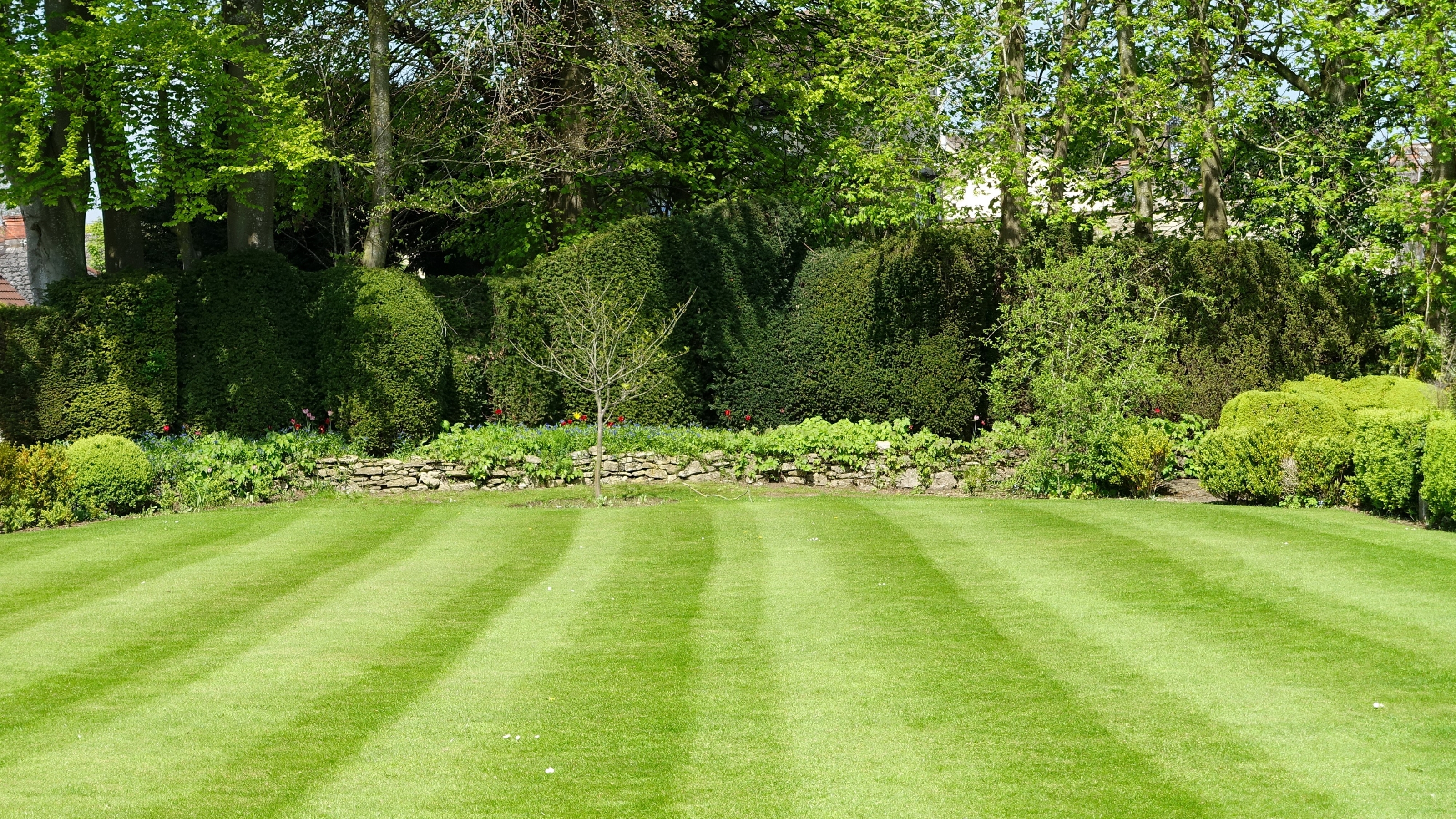
An all-American lawn is one yard asset we all aspire to have. But leave the grass to get too long and it’s a faux pas even the most amateur gardeners notice! Though it can be hard to keep on top of lawn care, in our opinion there isn’t a gardening job more satisfying – it’s the yard equivalent of vacuuming your home.
To keep your lawn looking lush you’re going to need advice from the expert. In Alex’s opinion, ‘It’s best to cut your lawn regularly, typically once a week during the growing season. This frequency helps maintain the grass at an optimal height, prevents it from becoming too long and difficult to mow, and promotes a healthy, lush appearance.’
When it comes to mowing height, Alex’s advice is to remember the rule of thirds. He says ‘When mowing, it is recommended to use a sharp blade and to avoid cutting more than one-third of the grass's height at a time. Additionally, alternating the direction of mowing each time can help prevent soil compaction and promote even growth.’
Our top tip: remember to sharpen your mower’s blades. Dull blades can end up tearing the grass and damaging it over time. As a rule of thumb, the pros suggest sharpening your blades after every 25 hours of use. It's not the easiest of jobs, but you can find mower blade sharpener kits, like this one from Walmart, that insert into power drills instead of using an angle grinder of similar.
5. Not pruning hedging regularly
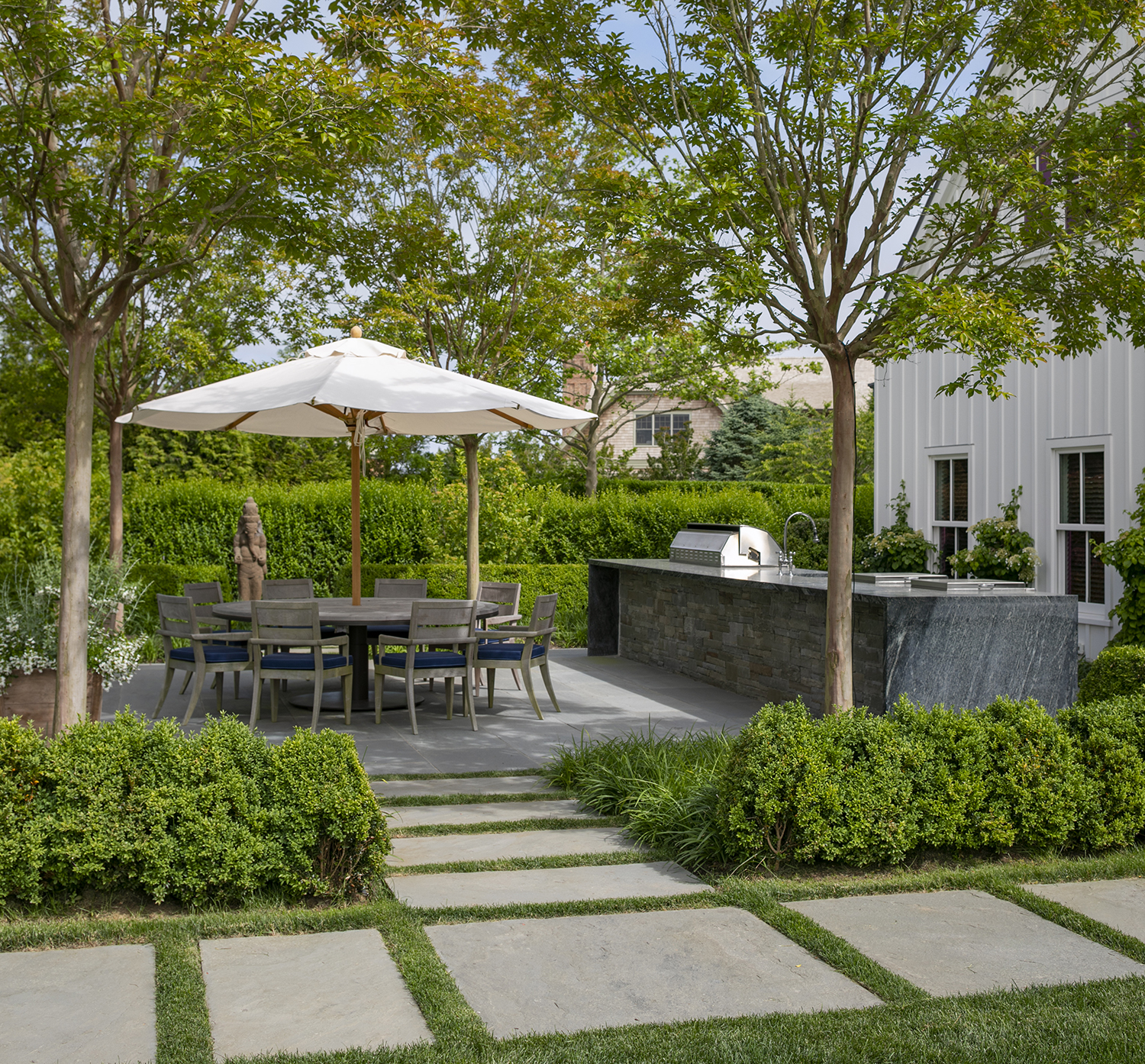
If you’re lucky enough to have large hedges or shrubs for privacy in your yard then you’ll know letting them get out of shape is easily done. But just like a lawn, overgrown hedges can do your yard a disservice and draw unwanted attention (not to mention get in the way).
Whether you’ve got a yew or box shrub that needs a tidy or a laurel that needs shaping, according to plant expert Alex it’s important to trim your hedging at the right time of year. He says ‘Hedges should be trimmed at specific times depending on the type of hedge. For formal hedges that require shaping and density, it is recommended to trim them once or twice a year. Informal hedges, on the other hand, should be trimmed once a year for size control and removal of excessive growth.’
As the pros say, right tool right job, and Alex’s advice is to adjust your tool to the density of your shrub. He says ‘As for the best tool to use, it depends on the size and thickness of the branches. Hand pruners work well for smaller branches, while hedge trimmers or electric trimmers are more suitable for larger hedges.’
Just remember, you must check your hedges for nesting birds before you start trimming. If you see signs of nests or notice birds coming in and out of the hedge, leave it alone until you’re sure they are no longer nesting.
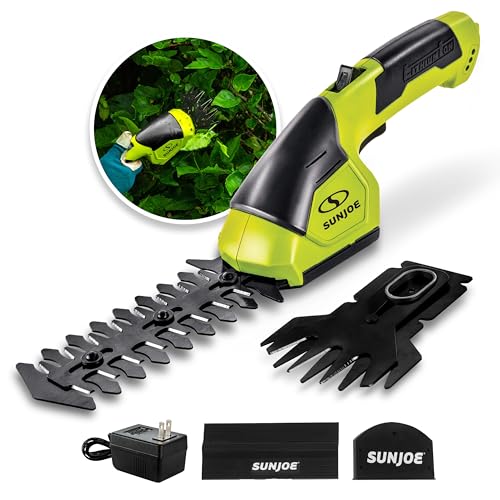
Price: $41.38
If you're new to trimming larger shrubs or hedges, this handheld trimmer is a good entry point to see how you get on, though you'll require one with a larger blade or pole to trim anything taller than you.
Matilda Bourne is a freelance homes, gardens and food writer, stylist and photographer. Known for creating and capturing content for multiple international brands, her work has been featured in The Telegraph, The Daily Mail, and Hello! magazine. When she’s not writing, you can usually find her tending to her much-loved garden and scouring thrift stores for vintage furniture.
